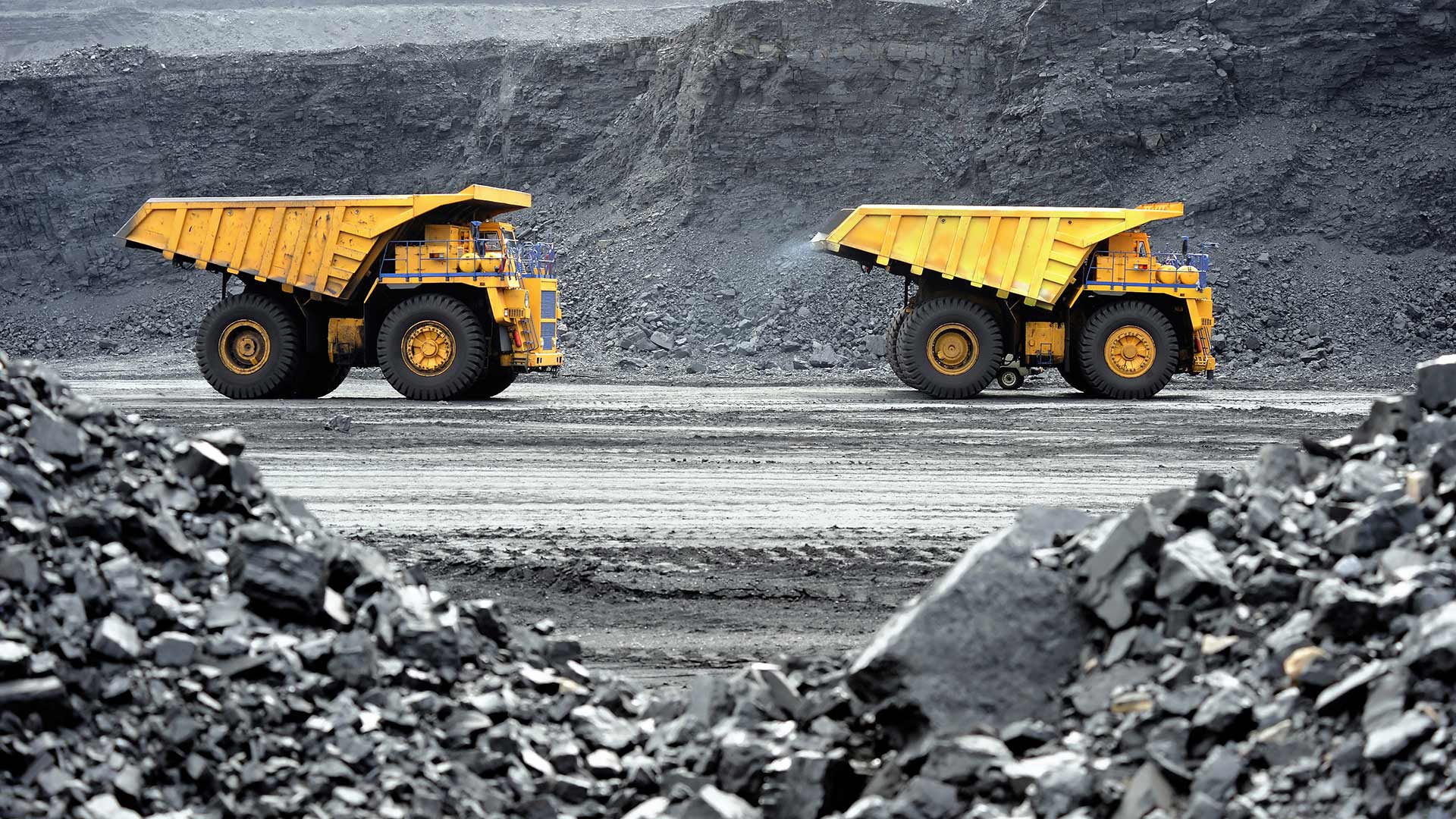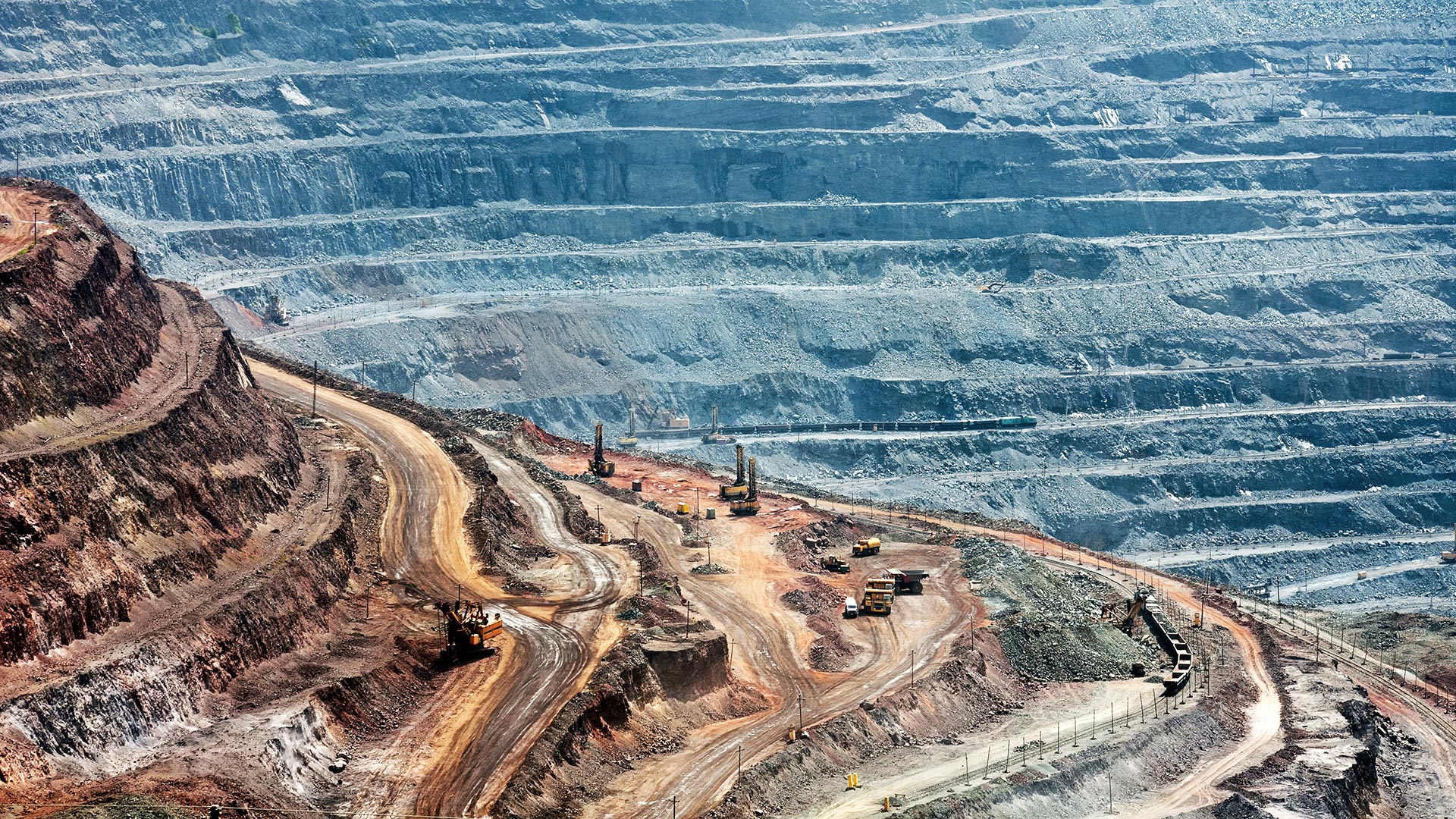
Climate change disputes cross border guide: Infrastructure, Mining and Agribusiness perspectives
Global | Publication | juillet 2021
Overview
Climate change disputes in the infrastructure, mining and agribusiness sectors can be broadly categorized into: (1) legal action aimed at companies whose emissions contribute to climate change; and, (2) legal action aimed at preventing developments causing emissions contributing to climate change. Market trends lead us to believe that we may well see legal action against the mining sector in relation to its contribution to climate change, as well as disputes arising out of a perceived failure to respond to an emerging pattern of extreme weather events when planning critical infrastructure.
Mining
The mining sector – particularly coal - faces the dual challenge of being intrinsically carbon-intensive as well as irreplaceable in the energy transition. The pollution and environmental degradation produced by mining and drilling are easy targets for environmental activists, as is its energy-intensity, and the combustion of fossil fuels is a major contributor to greenhouse gas emissions.
However, the relationship between the mining, energy and infrastructure sectors is both complex and evolving. For example, the mining of metallurgical coal and rare earths remains critical to the expansion of the renewables sector: 70% of the inputs for steel manufacture is metallurgical coal;1MW of wind turbine capacity requires 220 tonnes of metallurgical coal; sixteen mined metals and minerals are required to make solar panels, and copper and rare earth elements are essential for the manufacture of permanent magnets for electric vehicle technology and wind turbine generators.
While the contribution of the mining sector to the global energy transition is incontrovertible, the opportunities for challenges to the mining sector on grounds of climate change abound.
Challenges to project approvals based on climate change impacts and greenhouse gas emission analyses have become an increasingly utilized tool for environmental groups seeking to keep natural resources ‘in the ground’. In the US, recent disputes have primarily focused on oil and gas development and their transportation, and these cases provide a potential roadmap for environmental groups to challenge future fossil fuel projects as well.
Most recent disputes addressing climate change in the United States have taken one of two forms: (1) challenges to analysis performed for project development or land use plans; or (2) allegations that oil and gas companies are responsible for climate change and have defrauded or misled investors about costs and causation related to climate change. Although oil and gas companies have borne the brunt of these challenges to date, environmental groups may use similar challenges to challenge future mining projects as well. Recent climate change challenges have delayed projects and required agencies to prepare additional quantitative analyses of project impacts associated with greenhouse gas emissions, ultimately delaying and increasing costs of project development. Moving forward, mining companies may expect project approvals to be prolonged, as agencies conduct additional analyses to mitigate litigation risk.
Beyond the United States, there have been a number of cases challenging the approval of resource and emission intensive projects, particularly the mining of fossil fuels. Such claims commonly allege that in approving a project or resource extraction, due consideration of climate change was not given by the relevant government agency. For example, in U.K. case ClientEarth v Secretary of State, an action was filed against the government for its approval of a conversion of a coal plant to natural gas. The claim alleged that the relevant decision-maker misinterpreted national climate policy and the U.K.’s net zero target, but was ultimately unsuccessful.
Australia has seen a string of unfavourable planning decisions in relation to development applications for mining projects over the last 12 months. These decisions have been based on the climate change impacts of the proposed new mines or extensions to existing mines, including in relation to the scope 3 emissions from the burning of project coal in overseas locations. Planning authorities in the state of New South Wales have shown an increased willingness to give significant weight to climate change impacts in determining development applications for coal mines following a landmark decision in the Land and Environment Court of NSW, which saw a development application for an open cut coal mine refused, partially on climate change grounds.
The law is continuing to evolve with two recent, significant decisions, both in May of this year. In the first decision, giving a boost to the Australian mining sector, one of Australia’s largest coal producers won a court case at the Federal Court of Australia brought by a group of teenage activists seeking to block the expansion of the mine on the grounds of intergenerational equity and climate change. The project will develop metallurgical coal used in steel-making, a key contributor to global carbon reduction efforts.
In the second decision, the Federal Court of Australia held that the Minister for the Environment does hold a common law duty of care, recognised by the law of negligence, to Australian children to exercise her power in determining an application under the relevant Australian environmental legislation in a manner that does not cause them harm arising from the climate impact of the expansion of a coal mine project. The case was brought by a group of eight Australian children (by their litigation representative) on behalf of and representing other Australian children. In making the declaration sought, the judge held that there was a real, significant and foreseeable risk of harm for Australian children arising from a continued increase in global surface temperatures, to which the coal mine expansion project would contribute if it proceeded.
With the threat of climate and sustainability-linked claims omnipresent, many major mining companies now place sustainable mine development practices front and centre of their business. Advances in technology allow for precision mining and data analytics for increased efficiency and reduced footprint across land, energy and water. Vehicle fleets have been modernised through hydrogen power, enabling mining companies to address carbon emissions. The mining sector will need to continue to address its carbon footprint through greater electrification, automation, resource efficiency, innovation and the adoption of circular economy practices if it is to thrive in the face of the wave of climate and sustainability-related litigation.
Agribusiness
As major emitters of greenhouse gases, agribusinesses (potentially including those involving land use changes for agricultural or forestry use) may face similar challenges to their applications for planning consent as we have seen in the mining sector. Complicating that equation for the agribusiness sector, land use activities can be a mitigator of the effects of climate change, as sustainable land management practices can be used to sequester carbon in vegetation and soils. There are also opportunities to avoid the release of greenhouse gases like methane into the atmosphere from activities involving cattle, dairy, and irrigated cotton.
Moreover, the sector is itself vulnerable to the effects of climate change (physical and transitional) and other stressors. This combination of factors results in a complex analysis when considering the climate change disputes that might impact food and agribusinesses. On the one hand, such businesses may be exposed to the risk of climate-related litigation, but on the other hand they may wish to themselves bring climate-related proceedings if necessary to protect their livelihoods or recover losses suffered as a result of environmental damage attributed to global warming. We have already seen a number of high profile cases, including Lliuya v RWE AG in which a Peruvian farmer is suing Germany’s largest electricity producer, RWE, seeking a financing contribution towards costs of putting in place flood protections in his village in Peru.
Infrastructure
Climate change disputes are not as prevalent in the infrastructure sector, although some emerging themes – particularly around resiliency infrastructure - indicate its future direction. Resiliency to the impacts of climate change and sustainability in the infrastructure sector are key not just from an environmental perspective but also in terms of ensuring long term finance flows.
The risk to critical infrastructure from extreme weather events including storms, flooding and fires can be catastrophic in terms of the likelihood of a cascading infrastructure failure. The damage and loss caused by ‘once in a lifetime’ hurricanes in the US, flooding to rail lines in Canada and Australia, and the unprecedented bushfires in Australia in recent years is evidence of this.
As this risk increases – and the risk becomes more foreseeable - governments and infrastructure owners will need to plan for extreme weather events and take steps to evaluate and address potential physical risks associated with climate change on roads, bridges, rail roads, energy and social infrastructure. A number of cities around the world, such as Bangkok, Copenhagen, Houston and Sydney, are already focusing on developing ‘resilient’ infrastructure, in which mitigation and adaption strategies in relation to adverse weather events are central to infrastructure planning and development.
Where natural disaster mitigation and recovery strategies are deemed to have fallen short, the owners and planners of infrastructure face challenges on the grounds of failure – most likely negligence or a breach of duty of care – to properly consider and mitigate the impacts of climate change and increasingly foreseeable adverse weather events.
The flip side of infrastructure as a resiliency tool is the contribution that the built environment makes to greenhouse gas emissions. Eight per cent of the world's carbon emissions comes from concrete's main ingredient, cement , and the built environment is responsible for more than 40% of energy consumption, and in the EU, well over a third of CO2 emissions. Steps are being taken to embed sustainable industry standards and practices into transportation, infrastructure, engineering and design work in many regions across the world, including Canada and Europe. In Europe, the EU plans to make the bloc the first climate-neutral continent by 2050; the ‘Green Deal’ extends to and covers the built environment, infrastructure and transport. Businesses that fail to keep up with evolving policy and legislation in this area may find themselves the subject of legal challenge.
Subscribe and stay up to date with the latest legal news, information and events . . .








